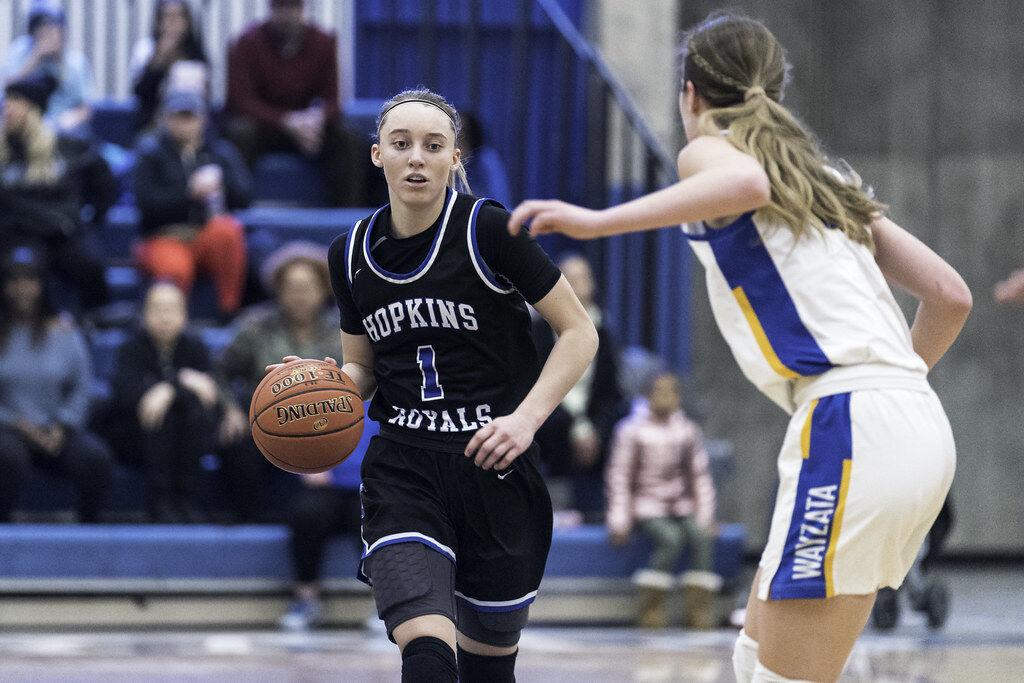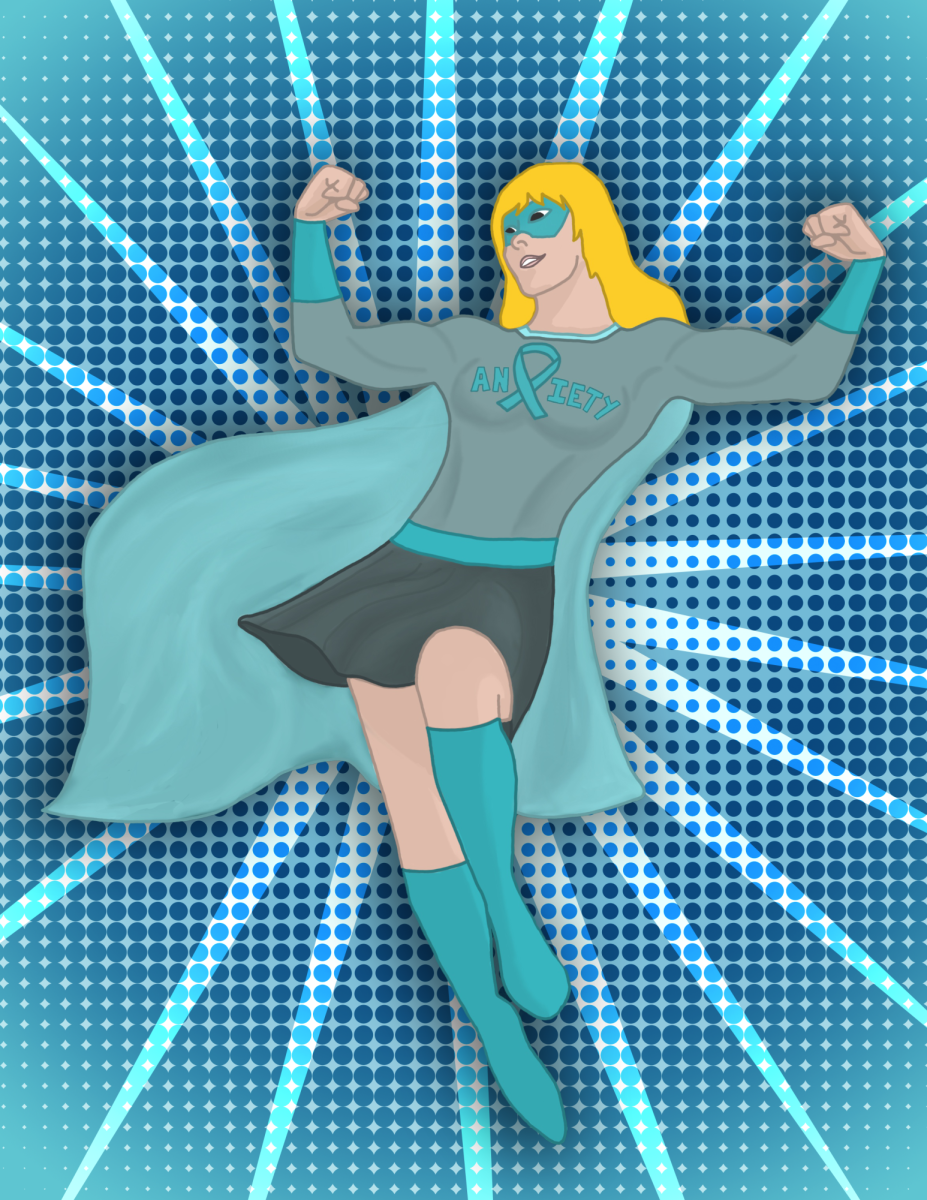Editor’s Note: Jordan Nixon is a member of the Texas A&M women’s basketball team.
As college athletes are inducted into the influencer industry I’m cheering for everybody, but cheering even harder to shrink the pay gap.
On July 1, 2021, the NCAA permitted athletes to legally profit off of their Name, Image and Likeness — also known as NIL — for the first time ever. In other words, athletes can finally reap the benefits of being recognizable in this world. Granted, it has been the wild, wild west since July and there is limited conclusive data regarding the true earnings of athletes due to the newness of the established rule. But there is already much to be understood about the current climate of the NIL deals being made.
At about the six-month mark, football is the front runner in total NIL earnings — women’s basketball and men’s basketball trail somewhat closely behind. Those three sports account for approximately 90% of the total NIL revenue. Faces like UConn’s Paige Bueckers, UCLA soccer’s Reilyn Turner, Fresno State’s Cavinder Twins and LSU’s Olivia Dunne have undoubtedly skewed numbers on the women’s side. As for the men, stars like Bryce Young of Alabama — *hisses like the Aggie I am* — Shedeur Sanders of Jackson State and TyTy Washington of Kentucky basketball have done the same.
The aforementioned superstars inking deals and amassing six or seven figures in collaborations are the minority in college sports, where otherwise more modest local and regional brand deals are circulating around the country. That will be the extent of it for most, even those in the higher revenue-generating sports. But NIL is the new addition to the big house of influencer marketing, and like the current scene, NIL isn’t and probably won’t be an even playing field any time soon.
Influencer status is reserved not for many of the most talented and well-known college athletes, but for those student-athletes who have built their social media platforms upward into the stratosphere of blue check marks and substantial compensation from the platforms themselves. And yes, social media sites pay you if your follower or subscriber count is high enough.
I’d like to believe that despite neglecting the Black women and men who worked tirelessly to stand out among the crowd of other collegiate athletes, that national brands are not inherently racist, colorist, misogynist or anything of the sort, but only highly selective. If they are, that is of no concern to me for now. After all, this is a numbers game — a game of give and take. Only those who can bring great value to an organization through exposure from their high follower count and astonishing engagement rates can relish in the monetary benefits of a symbiotic relationship with a brand.
However, both gender and race seem to be two determinants of success in this realm. In other words, it does pay off to be white.
The pay gap between Black and white influencers is the largest pay gap in any industry at a staggering 35%, according to a study done by MSL Group, a global public relations firm, in collaboration with The Influencer League. Meaning, Black influencers are compensated at a lower rate than their white peers, only reaping 65% of the same rewards as white influencers. If we are to consider this a fair numbers game, there is a direct correlation between compensation and value. The higher a brand deems an individual’s value, the more said individual will be compensated, and the probability of forming other partnerships grows. However, it is not a fair game, and the message that Black creators are innately of lower value, as indicated by deficiencies in pay, carries throughout the influencer community.
As it pertains to athletes — the newest members of the cushy influencer club — visibility by way of popular media sources, more so than content, is the greatest weapon. The more people know your face and your story and are following your success, the higher your number climbs. For instance, I jumped from a modest 2.5k to 12.6k followers in a matter of weeks following a viral picture of my bloody face and a game-winner in the NCAA tournament. Without consistent media coverage, I don’t even have a shot at being trusted to influence anyone — not that a meager 12k sets you up for the big bucks. But here’s the thing: The media coverage of women, especially Black women, is lacking. And it may have something to do with the oversaturation of white male faces at our favorite media companies. At this year’s ESPY awards, Paige Bueckers — the winner of the award for best female college athlete — utilized her stage time to call out the unignorable disparity.
The possibility of propelling more college athletes to higher heights in the influencer game to supplement their athletic abilities plateaus without publicity. As NIL sheds it’s newborn appeal, will we get to the point where more women of color are bearing the fruit of their athletic prowess? Will the pay gap, and therefore value gap, between Black and white creators diminish? It’s hard to say, but if we’re starting with media coverage, I volunteer as tribute. Pay Naz Hillmon, Rhyne Howard, Nalyssa Smith and the countless other Black female collegiate athletes who deserve it.
Jordan Nixon is a graduate student and opinion writer for The Battalion.
Where are the deals?
February 2, 2022
Photo by Photo Courtesy of Paige Shaull
Opinion columnist Jordan Nixon analyzes how the NCAA’s new rule that allows athletes to profit off their name, image and likeness affects the athletic community.
0
Donate to The Battalion
$1815
$5000
Contributed
Our Goal
Your donation will support the student journalists of Texas A&M University - College Station. Your contribution will allow us to purchase equipment and cover our annual website hosting costs, in addition to paying freelance staffers for their work, travel costs for coverage and more!










